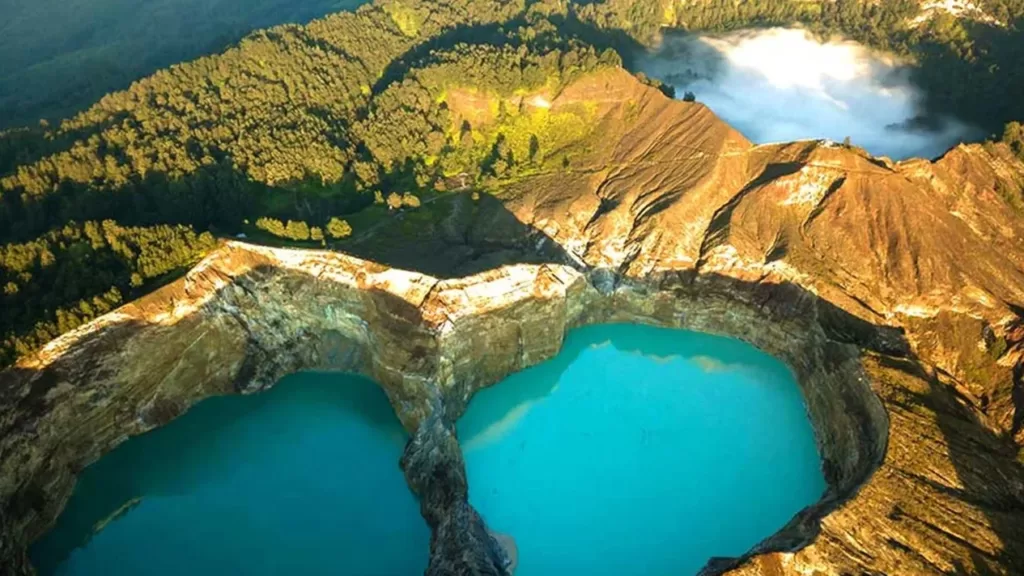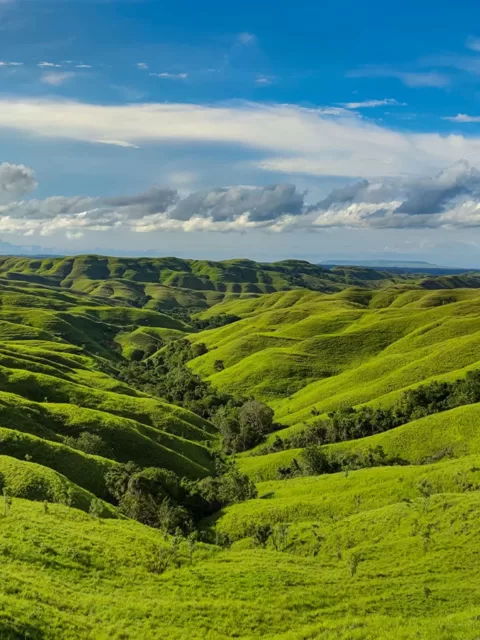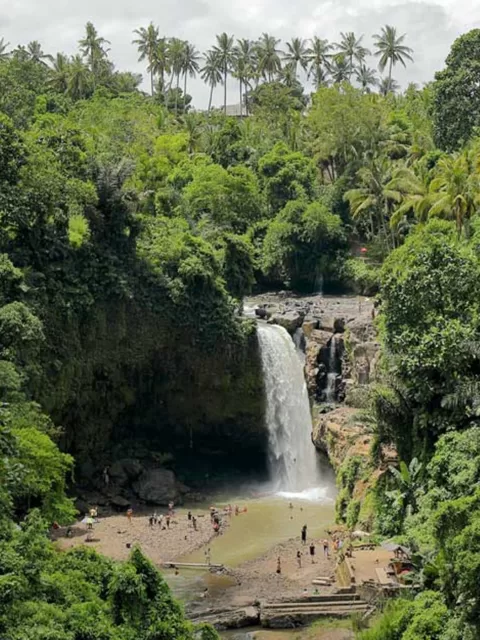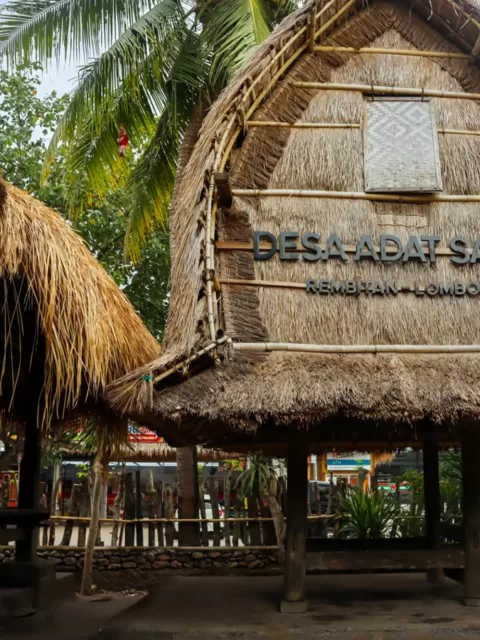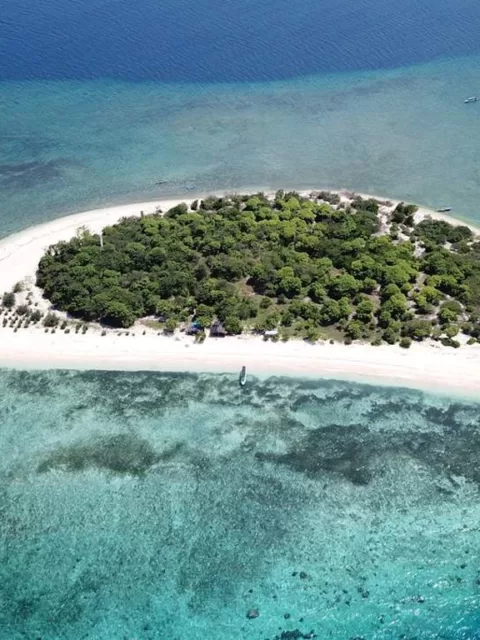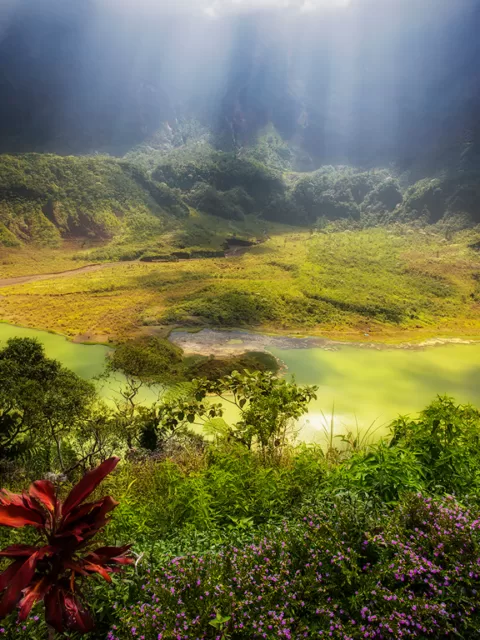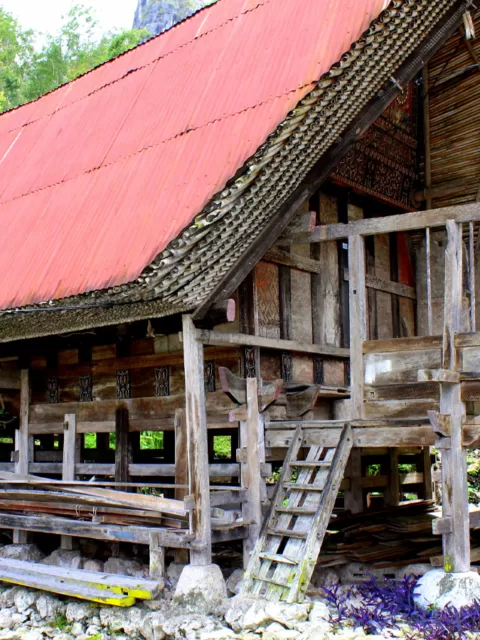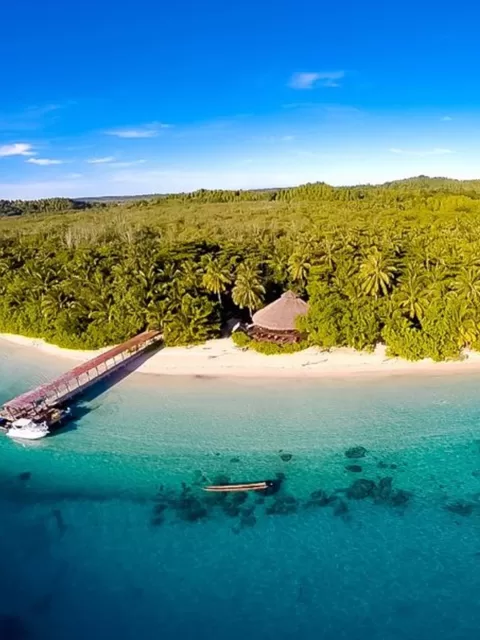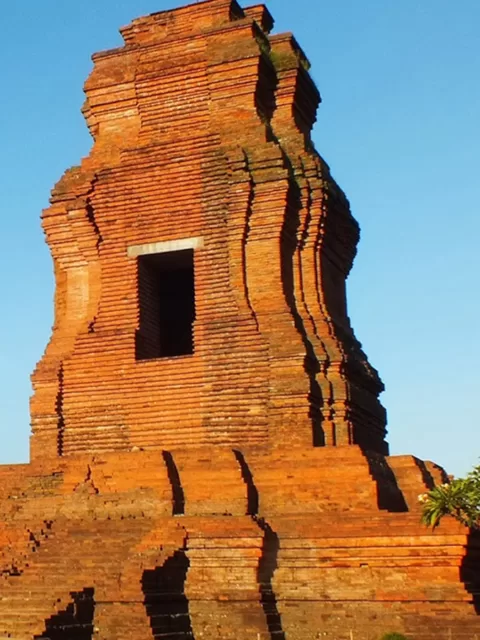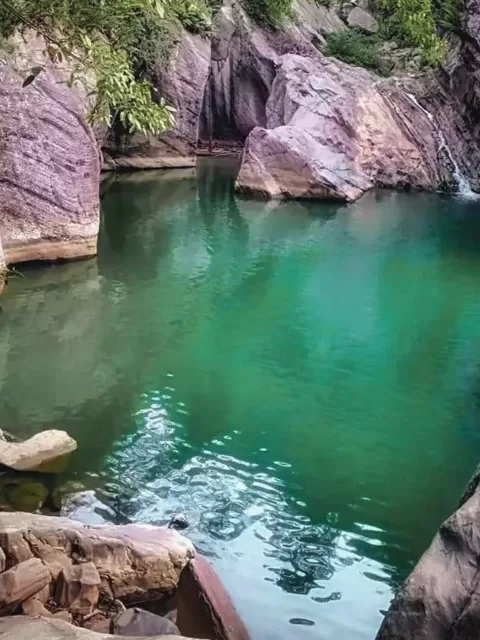Kelimutu National Park: Witnessing Nature’s Spectacular Artistry
Discovering Kelimutu National Park
Kelimutu National Park is a hidden gem in Indonesia, nestled in the heart of Flores Island. It is home to three stunning crater lakes, each with its unique color. The lakes are known as Tiwu Ata Mbupu (Lake of the Old People), Tiwu Nuwa Muri Koo Fai (Lake of the Young Men and Maidens), and Tiwu Ata Polo (Bewitched Lake).
The park is also home to a diverse range of flora and fauna, including unique plant species and wildlife that have adapted to the volcanic environment. Kelimutu National Park is a popular destination for nature enthusiasts, photographers, and cultural explorers alike.
The Enigmatic Kelimutu Lakes
The Kelimutu lakes are the park’s most iconic feature. These three crater lakes are located at the summit of Mount Kelimutu and are known for their ever-changing colors. The lakes can be blue, green, black, red, or even a mix of these colors.

The geological origins of the lakes’ colors are not fully understood, but it is believed that the colors are caused by different minerals and gases present in the water. The lakes are also sacred to the local Lio people, who believe that the souls of their deceased ancestors reside in the lakes.
Cultural Beliefs and Stories Associated with the Lakes’ Colors
The local Lio people have many cultural beliefs and stories associated with the colors of the Kelimutu lakes. For example, they believe that Tiwu Ata Mbupu is the resting place of the souls of the elderly, while Tiwu Nuwa Muri Koo Fai is the resting place of the souls of young men and maidens who died before they were married. Tiwu Ata Polo is believed to be the resting place of the souls of criminals and evil people.
The Lio people also believe that the colors of the lakes can change depending on the mood of the spirits that reside in them. For example, if the spirits are angry, the lakes may turn black or red. If the spirits are happy, the lakes may turn blue or green.
Flora and Fauna of Kelimutu
Kelimutu National Park is home to a diverse range of flora and fauna. The park’s volcanic environment has created a unique ecosystem that is home to many endemic species.
Some of the unique plant species found in Kelimutu National Park include the Kelimutu edelweiss, the Kelimutu rhododendron, and the Kelimutu pine. These plants have adapted to the volcanic environment by developing deep roots to reach water and by having thick leaves to protect themselves from the harsh winds.
Kelimutu National Park is also home to a variety of wildlife, including birds, mammals, and reptiles. Some of the common wildlife species found in the park include the Flores hawk-eagle, the Flores monarch, the Flores deer, and the Timor tree snake.
Activities for Nature Enthusiasts
Kelimutu National Park is a paradise for nature enthusiasts. There are many activities that visitors can enjoy in the park, including trekking, hiking, bird watching, and wildlife photography.
Trekking and Hiking Trails
The Park has a network of well-maintained trekking and hiking trails. The most popular trail is the trail to the Kelimutu lakes. This trail is relatively easy to hike and offers stunning views of the surrounding landscape.

Bird Watching and Wildlife Photography
Kelimutu National Park is a great place for bird-watching and wildlife photography. The park is home to a variety of bird and wildlife species, including many endemic species.
Experiencing the Park’s Flora and Fauna Up Close
Visitors to Kelimutu National Park can also experience the park’s flora and fauna up close by visiting the park’s botanical garden and zoo. The botanical garden showcases a variety of plant species found in the park, while the zoo houses a variety of wildlife species.
Cultural and Indigenous Aspects
Kelimutu National Park is located in the traditional homeland of the Lio people. The Lio people have a deep connection to the park and its natural features. They believe that the park is sacred and that the spirits of their ancestors reside in the Kelimutu lakes.
Traditional Rituals and Ceremonies Held in the Park
The Lio people hold a variety of traditional rituals and ceremonies in Kelimutu National Park. One of the most important ceremonies is the annual “Feed the Spirits” ceremony. This ceremony is held to appease the spirits of the ancestors and to ask for their blessings.
Learning About the Indigenous Cultures in the Park’s Vicinity
Visitors to Kelimutu National Park can learn about the indigenous cultures in the park’s vicinity by visiting the traditional villages of Moni and Wae Rebo.

The village of Moni is located near the entrance to Kelimutu National Park. It is a good place to learn about the Lio people’s culture and traditions. Visitors can visit the Moni Museum to learn about the Lio people’s history and culture. They can also visit the Moni traditional market to purchase souvenirs and handicrafts made by the local people.
The village of Wae Rebo is a traditional village located in the mountains near Kelimutu National Park. It is a UNESCO World Heritage Site and is known for its unique cone-shaped houses. Visitors can stay in one of the village’s guest houses and experience the traditional way of life of the Wae Rebo people.

Preservation and Conservation Efforts
The Indonesian government and local communities are working together to preserve and conserve the natural and cultural heritage of Kelimutu National Park.
Some of the conservation efforts in place include:
- Limiting the number of visitors to the park.
- Constructing boardwalks and other infrastructure to minimize the impact of visitors on the environment.
- Educating visitors about the importance of respecting the environment.
- Conducting regular environmental monitoring to assess the impact of tourism and implement necessary mitigation measures.
The Role of Local Communities in Conservation
Local communities play an important role in the conservation of Kelimutu National Park. They are involved in a variety of conservation activities, such as:
- Patrolling the park to prevent poaching and other illegal activities.
- Planting trees and other vegetation to restore degraded areas.
- Educating other members of the community about the importance of conservation.

Challenges and the Way Forward for Preserving Kelimutu National Park
One of the biggest challenges facing the Park is the increasing number of tourists visiting the park. The influx of tourists can put pressure on the park’s fragile ecosystem. It is important to manage tourism in a sustainable way to minimize its impact on the environment.
Another challenge facing Kelimutu National Park is climate change. Climate change is causing the lakes to change color more frequently. It is important to monitor the effects of climate change on the park and to implement adaptation measures.
Despite the challenges, there is hope for the future of Kelimutu National Park. The Indonesian government and local communities are committed to preserving and conserving the park’s natural and cultural heritage. With their continued efforts, Kelimutu National Park will continue to be a place where visitors can witness nature’s spectacular artistry.
Planning Your Visit to Kelimutu National Park
Best Times to Visit for Optimal Experiences
The best time to visit the Park is during the dry season, which runs from May to October. During the dry season, the weather is generally sunny and mild, with little rain. The colors of the Kelimutu lakes are also more vibrant during the dry season.
Accommodations and Amenities in the Surrounding Areas
There are a variety of accommodations and amenities available in the surrounding areas of the Park. Visitors can find everything from budget-friendly guesthouses to luxury hotels. There are also a variety of restaurants and cafes serving both local and international cuisine.
Practical Tips for a Memorable and Responsible Visit
Here are some practical tips for a memorable and responsible visit to Kelimutu National Park:
- Book your accommodation and transportation in advance, especially if you are visiting during the peak season.
- Be prepared for all types of weather, as the weather in Kelimutu can be unpredictable.
- Wear comfortable shoes, as you will be doing a lot of walking.
- Bring a camera to capture the stunning scenery of Kelimutu National Park.
- Be respectful of the environment and leave no trace behind.
Kelimutu National Park’s Enduring Magic
Kelimutu National Park is a truly magical place. The park’s stunning scenery, unique geological features, and rich culture make it a must-visit destination for nature enthusiasts, photographers, and cultural explorers alike.
A visit to Kelimutu National Park is an unforgettable experience. The park’s beauty and enchantment leave a lasting impression on visitors. Visitors who are fortunate enough to experience Kelimutu National Park will come away with a deep appreciation for nature’s power, mystery, and resilience.
The park’s three crater lakes are a testament to nature’s power. The lakes are constantly changing color, a phenomenon that is still not fully understood by scientists. The lakes are also home to a variety of unique plant and animal life, demonstrating nature’s resilience in even the most challenging environments.
The Kelimutu lakes are also shrouded in mystery. The local Lio people believe that the lakes are inhabited by the spirits of their ancestors. This belief adds to the park’s mystique and makes it a truly magical place.
A visit to Kelimutu National Park is an opportunity to experience nature’s power, mystery, and resilience firsthand. Visitors will leave the park with a deep appreciation for the natural world and a renewed sense of wonder.


